Chapter 5, Part 1
Long before the modern state of Indonesia was conceived, before the arrival of Europeans to Asia, even long before the magnificent Borobudur and Prambanan temples were constructed, merchants in this sprawling archipelago had already established a thriving spice trade among neighboring islands, as well as faraway lands to the north and west.
For centuries, spices like nutmeg and clove, originating in the Banda Islands and the islands around Ternate, respectively, were traded merely as medicine. Cooking was not exactly what people had thought about in regards to how to consume the spices. Even in the 10th century, when powerful Hindu and Buddhist kingdoms based out of Java and Sumatra had exerted their dominance in the region, the local people’s taste buds only slightly changed.
Contemporary inscriptions suggest that ginger, turmeric, galangal and pepper were the preferred ingredients to give flavors to food in the archipelago, with fish being the most widely consumed source of protein. The latter is largely attributed to the lack of pastures since many local communities considered forests very sacred, hence their reluctance to clear lands for grazing. Marco Polo in his 13th-century travel accounts described that in Samara (the island of Sumatra) “there is abundance of fish to be had, the best in the world.” Meanwhile, the 15th-century Ming dynasty admiral, Zheng He, also attested to the profusion of fish in Chao-wa (Java).
Rice, on the other hand, has always been the main source of carbohydrate, notably in the western part of the archipelago, for thousands of years. In the east, however, sago is the main staple as sago palm trees (Metroxylon sagu) are available in abundance. It takes a long process before sago can be consumed, starting from cutting down a sago palm, splitting the stem, and removing the pith. The starch is then extracted by kneading the pith, washing it, and straining it to separate the fibers. The raw suspension is then further processed to make ready-to-eat food like papeda – a sago congee as viscous as glue and rather tasteless which makes it a perfect pairing for fish soup. Typically, extracting starch from two sago palms requires four people and six days of labor.
In spite of the plethora of fiery dishes in modern-day Indonesia, chili was in fact introduced only a few centuries ago. Before that, spiciness was defined by the punch Piper retrofractum (also known as Javanese pepper) gave to some dishes. Another popular ingredient was keluak (also called picung and pamarrasan in other parts of the archipelago) which is highly poisonous when it’s raw, but adds a nutty, earthy flavor and dark color to a dish after proper preparation which includes boiling the seeds and burying them in ash and earth to release hydrogen cyanide which can be deadly to humans.
As Chinese traders and Indian merchants began arriving in droves in the archipelago, benefiting from the lucrative trade of various commodities, they also introduced new ingredients as well as cooking techniques to the locals. While garlic and soybean were introduced by the Chinese, coriander and cumin were brought in by the Indians. Together with many other new ingredients from the north and west, they would forever change the palates of the people in Southeast Asia.
Click here for the full list of stories from the Spice Odyssey series.
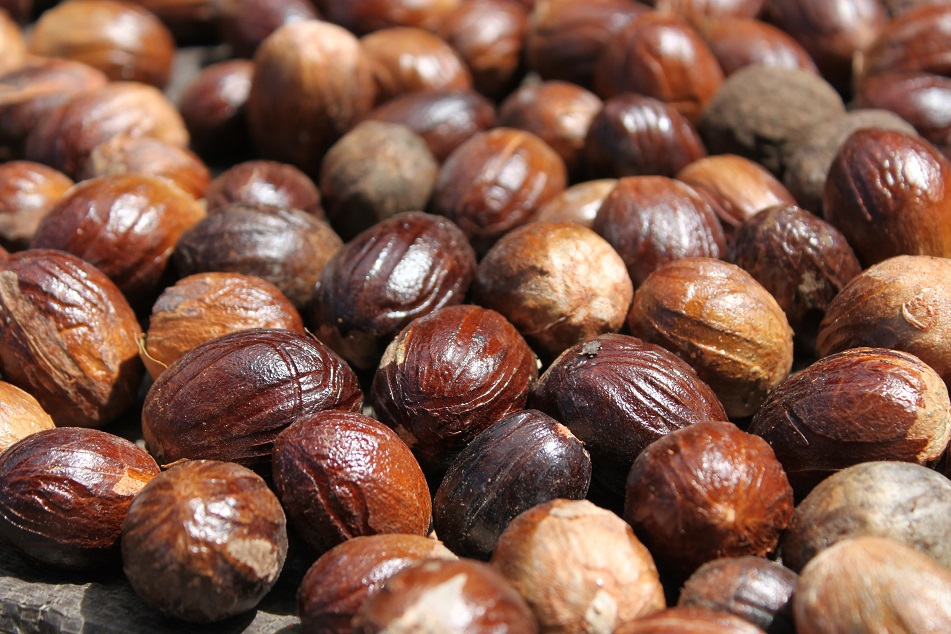

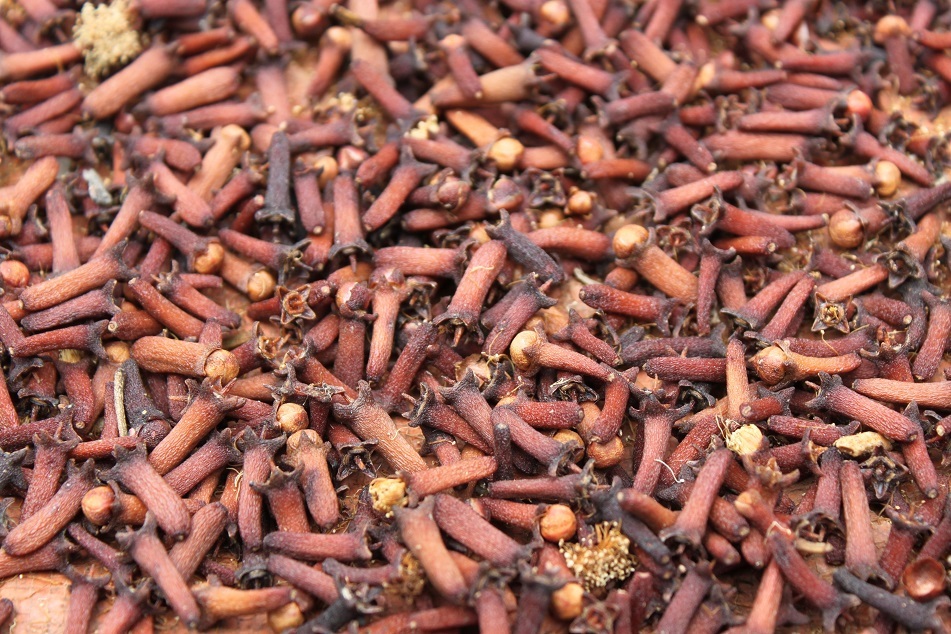
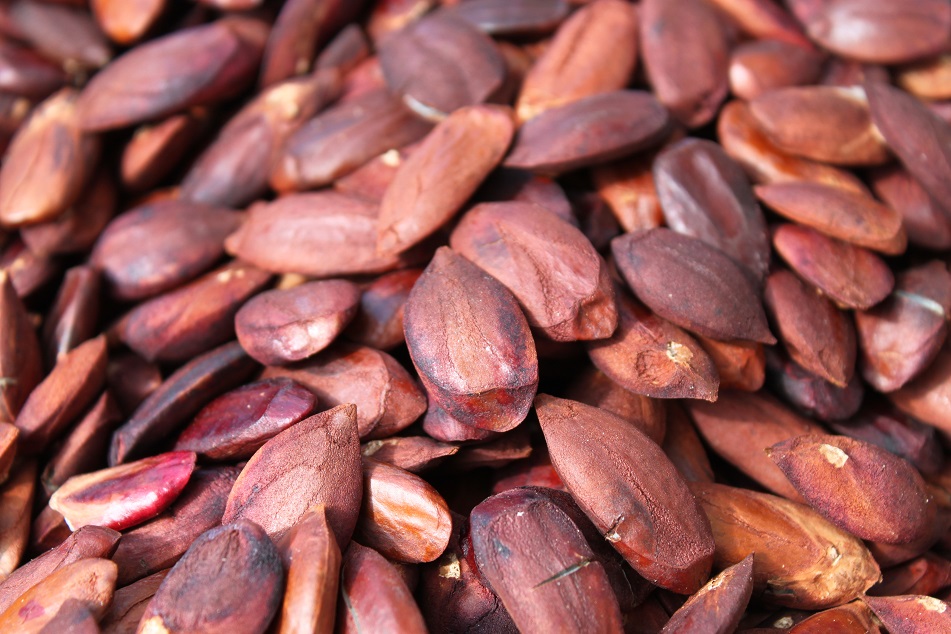
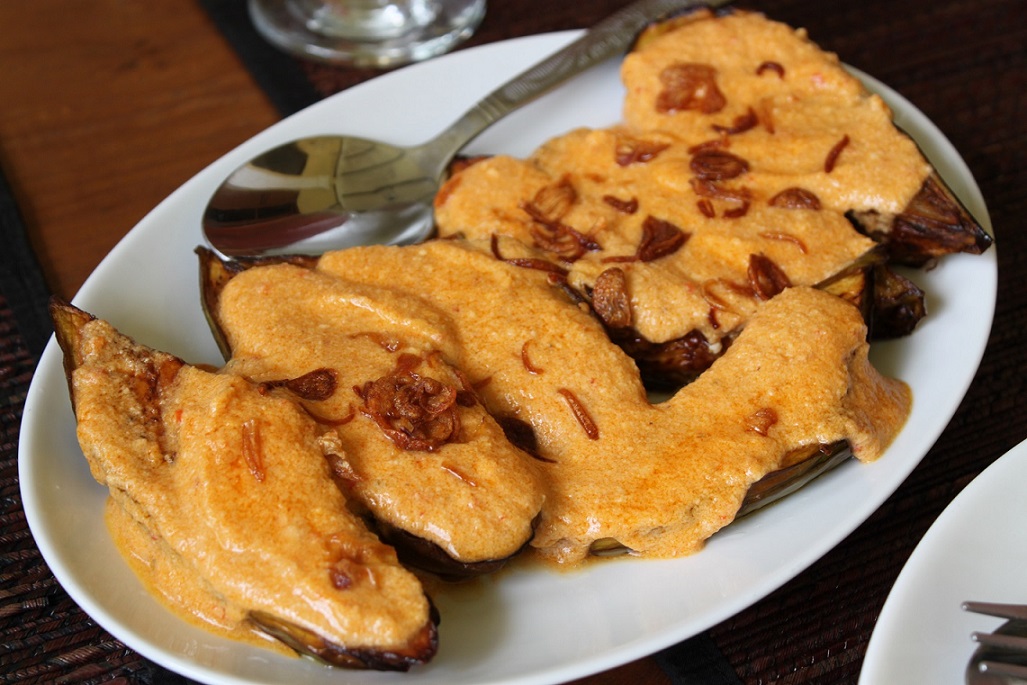
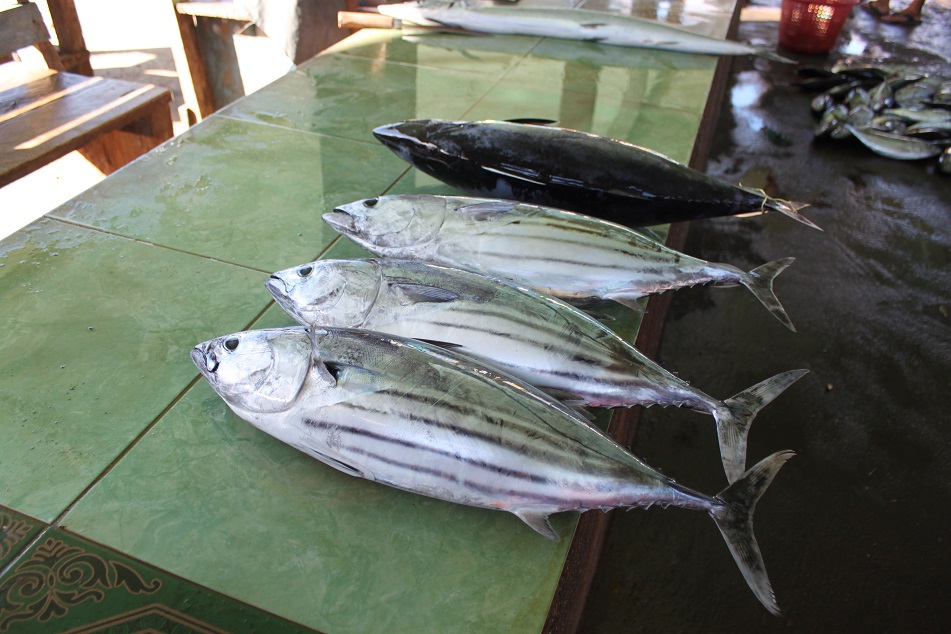
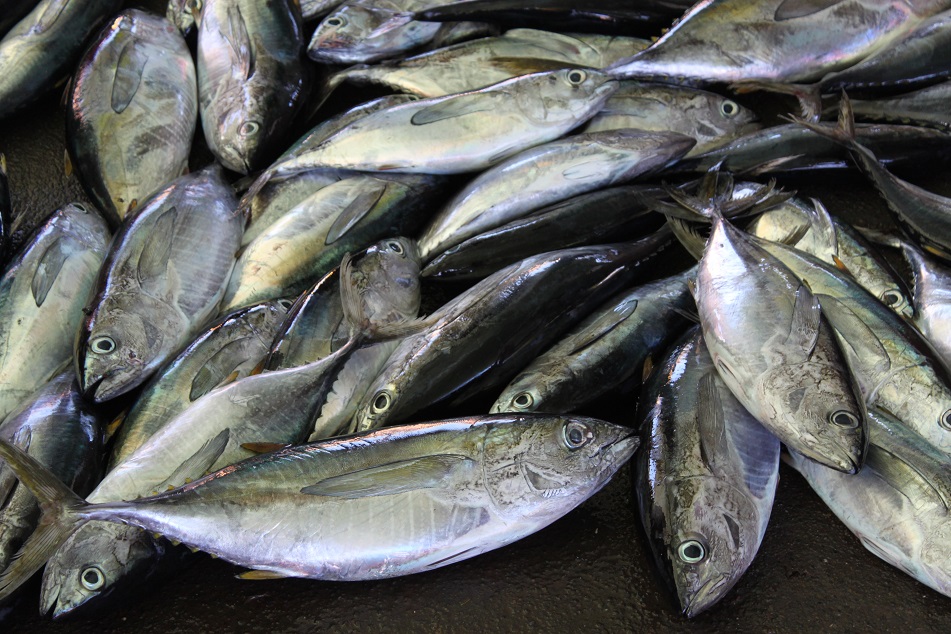
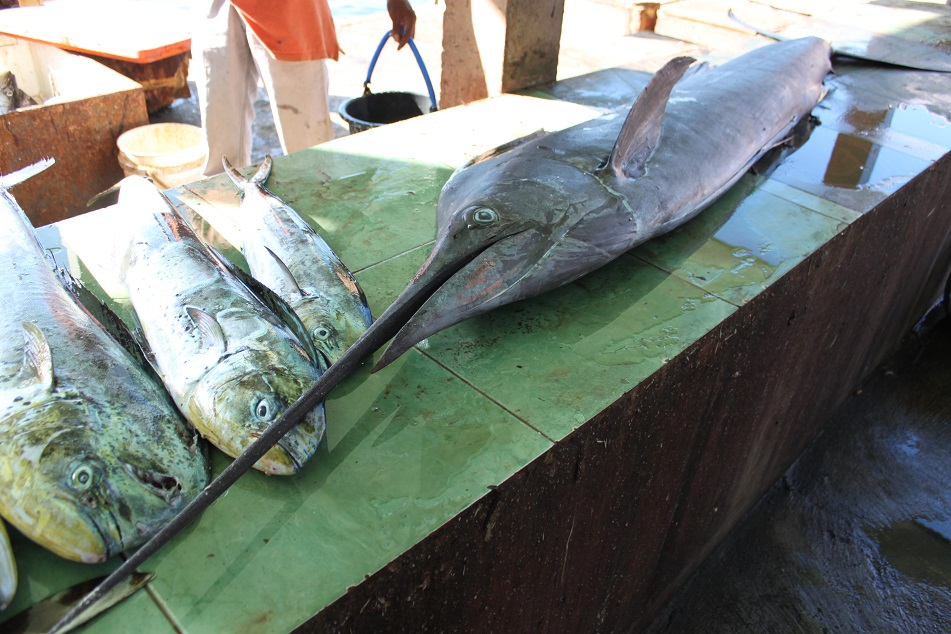
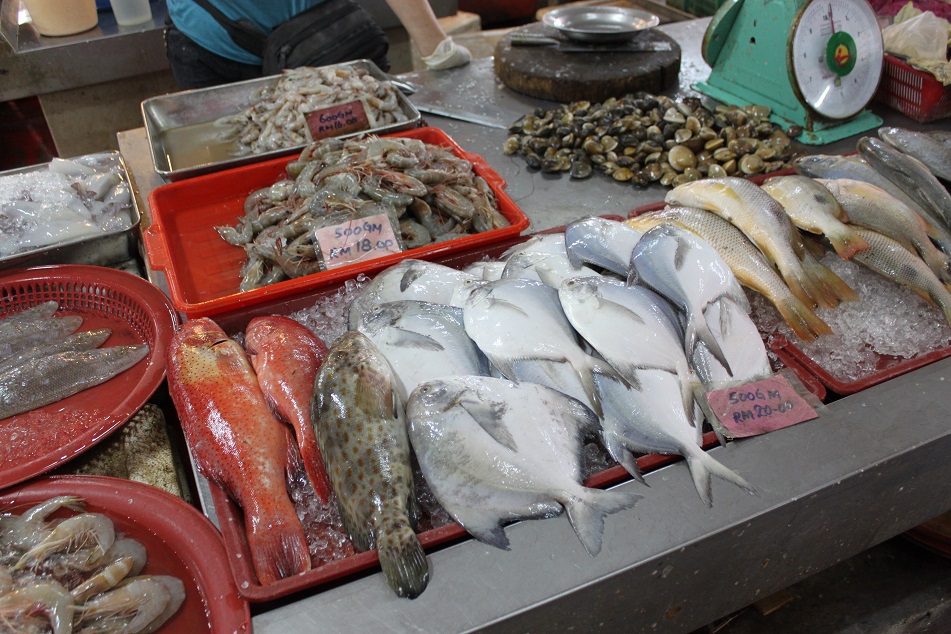
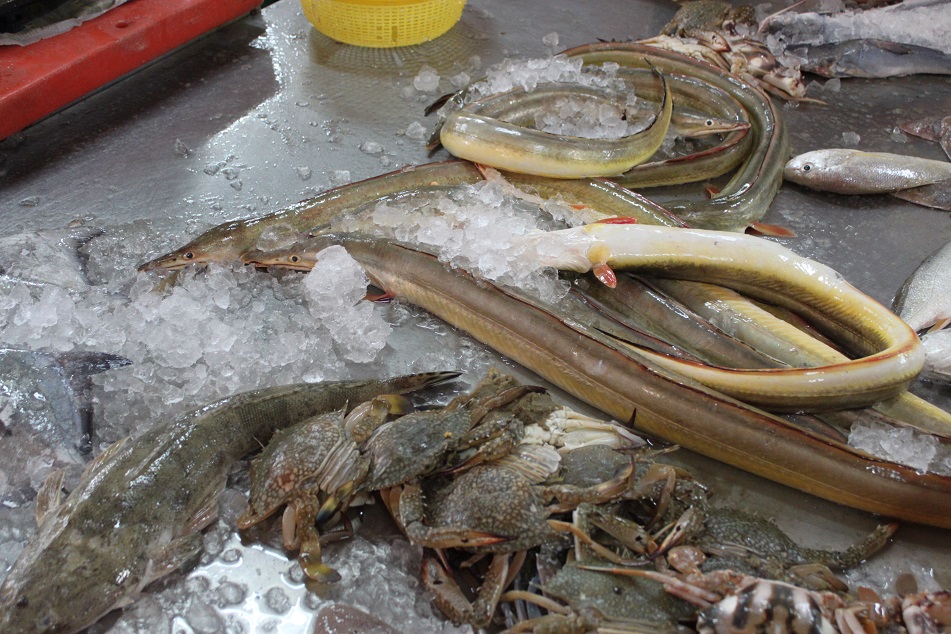
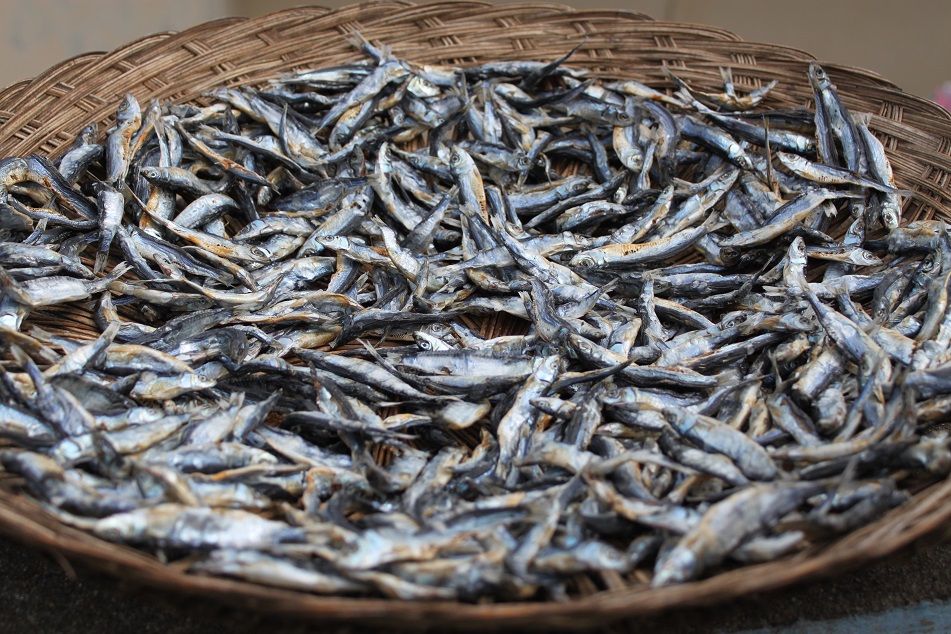
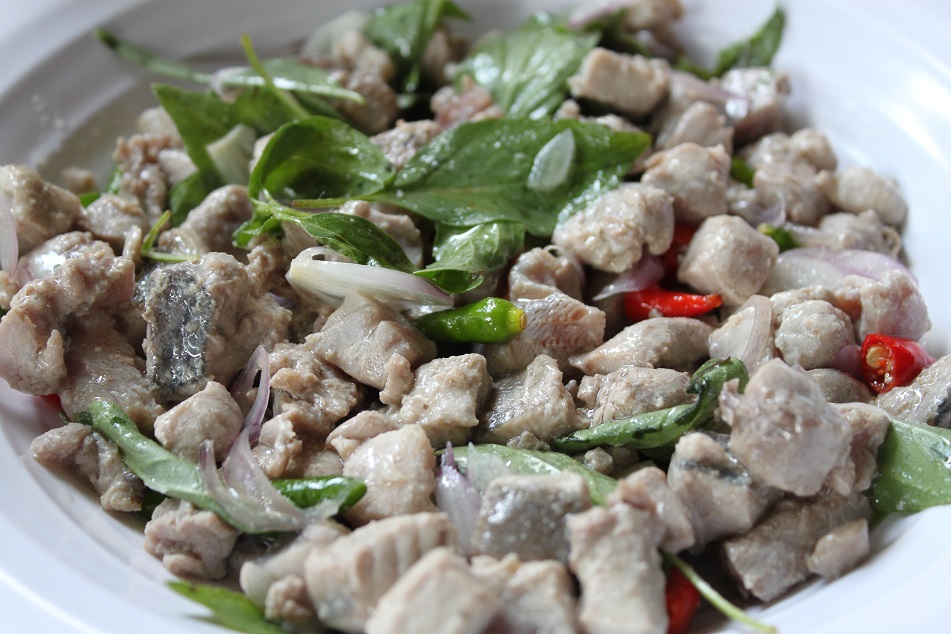


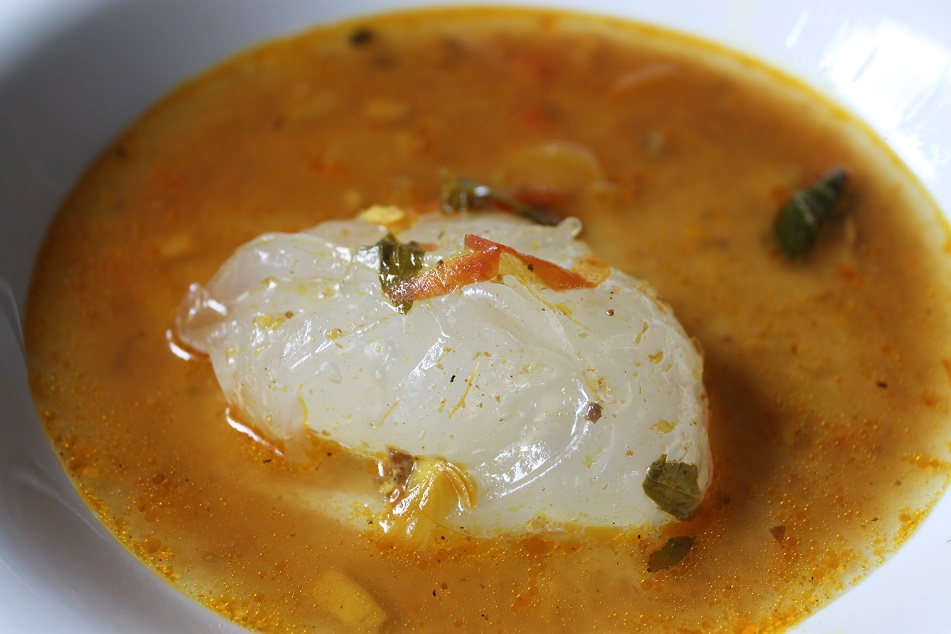
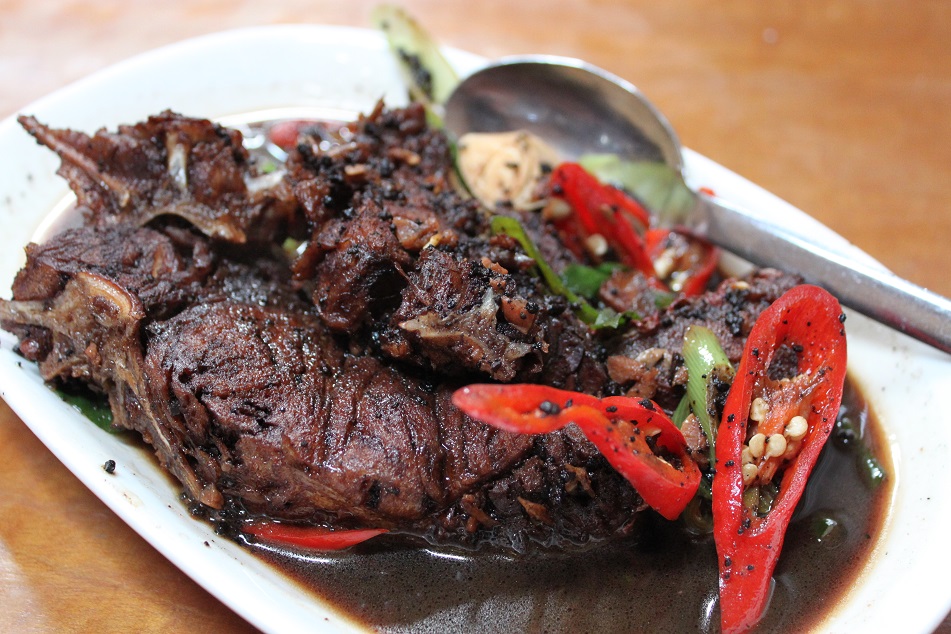
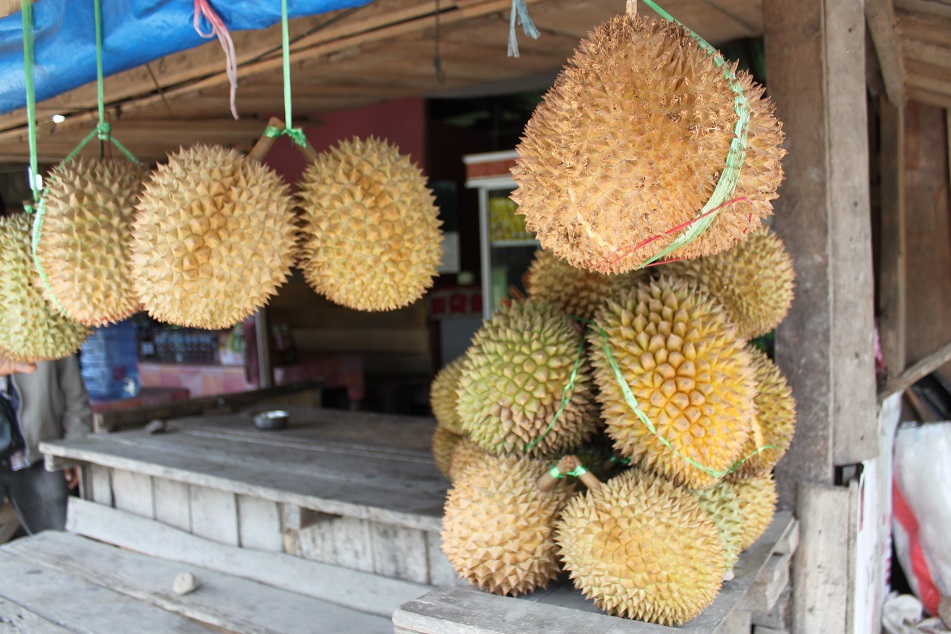

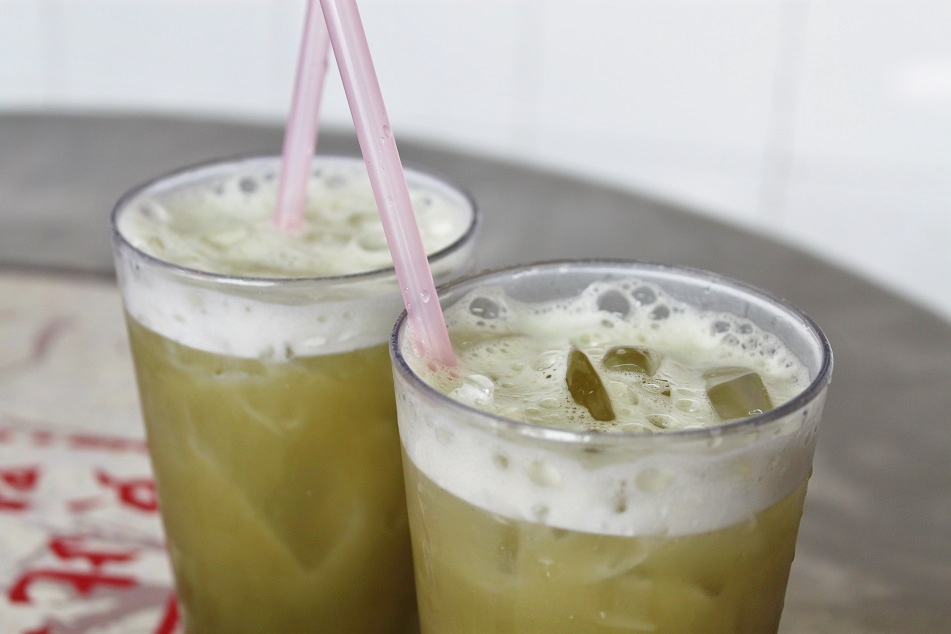
Hey Bama…as usual, another interesting and informative post. And your photos are very cool. I love the “catch of the day.” I never heard of the poisonous spice…but I never want to eat even cooked…I just don’t trust stuff like that. Where did the chilis finally come from…South America?
LikeLike
Thanks Badfish. Well, millions of Indonesians consume keluak regularly and we are all fine. So, the next time you visit in this part of the world just give it a try. I’ll give you a list of dishes with that spice. 🙂 As for chilies, yes they come from South America. More on that in Part 4 of this chapter.
LikeLike
I’m up for trying new stuff, especially spices…so yeah, I’ll give it a try. And I lost this really cool bracelet I bought in Bali years ago, so I guess I have to return soon to get another.
I just realized I don’t think I’m getting notified by email of your posts. I’ll have to check that out.
LikeLike
Go get a new bracelet in Bali and visit nearby Java to try the nutty, blackish keluak! I would be more than happy to share the names of some of the dishes you have to try.
LikeLike
This was amazing. Well done with photos and descriptions. Unusual fish in the catch. Thank you for this interesting and educational post.
LikeLike
Well thank you! The entire process of traveling, taking notes, further researching, and writing has also been educational for me. This is the least I can do to share what I have learned.
LikeLiked by 1 person
Bama I felt as though I was walking through a market with you. So fascinating to learn of the culinary history. Your photos as always are superb!
Would love to chat more with you about a trip to Asia in 2018 to get your advice. Would it be all right to email you?
LikeLike
Thanks Sue! Hope you’ll get to explore those markets yourself (in 2018!). Please do send an email to my Gmail account (harindabama). I’ll do my best to help you plan your trip to Asia next year.
LikeLiked by 1 person
Thanks so much Bama. I will email you in the days ahead.
LikeLike
My pleasure, Sue!
LikeLiked by 1 person
Wish more people today believed the forest was sacred. India also used pepper in their foods before chilli was introduced.
LikeLike
I couldn’t agree more with you, Mallee. Many indigenous communities around the world still treat their forests very respectfully. It’s the outsiders who come and destroy those forests in the name of economic development. Chili is so widely consumed in South and Southeast Asia now I believe many people think the plant is native to both regions.
LikeLiked by 1 person
Apart from the amazing photos showcasing all the culinary delicacies that Indonesia has to offer I enjoyed another great history lesson on the importance of trade and its cultural exchange with other distant countries. Thank you very much!
LikeLike
Always appreciate your comment, Peter. I believe understanding how cultural exchanges have enriched us will help people see the world differently, think in a broader perspective, and be kind to others who are different.
LikeLiked by 1 person
Very interesting Bama, and very cool photos. I’m always fascinated by how people discover what parts of a plant are edible, and even more, what has to be done to make it edible. How did anyone ever figure out how to make sago? It’s such a process! And I suppose people originally learned how to make keluak safe to eat through trial and very unfortunate error!
Alison
LikeLike
I often think about that too — how people figured out that certain parts of this plant are edible, and some parts of that plant can be used as medicine. I believe in the process some people were unfortunate to have fallen victim to errors, and those who survived took them as very valuable lessons and passed the knowledge to their children, grandchildren, etc. Thanks for reading, Alison.
LikeLiked by 1 person
these are good snaps 🙂
LikeLike
Thanks Deeptesh! Glad you enjoyed the photos.
LikeLike
Everything is so unique and bizarre-looking to an outsider! Like Alison, I wondered how on earth people figured out what to eat and how – not just in Indonesia but everywhere. I love your spice photos and information in particular; I remember some previous posts, too, but it’s just as interesting the second time around!
LikeLike
Such is the beauty of traveling. I remember how fascinated I was to learn about what Europeans eat during my month-long travel to the continent back in 2007. Thanks Lex! and yes, some photos in this post have been used in previous posts to make it easier for everyone to see the past connections that have shaped Asian culinary scene today.
LikeLiked by 1 person
Very glad to see them and read about them again!
LikeLike
Always impressed by your knowledge and passion for history Bama. And your consistence in sharing it with us. I had never heard of keluak or kenri before. Going by that fish and that eggplant, both seem worth trying.
LikeLike
Thanks Madhu. I have always been interested in history since high school, but traveling definitely makes me even more curious about what happened in the past and how they shaped the world today. James said he has seen kenari in Hong Kong before, marketed as pili nuts as they were imported mainly from the Philippines. But the only time I had keluak outside Indonesia was in Singapore, at a Peranakan restaurant. I guess when you come to Indonesia you should try some dishes with keluak. Those with kenari are harder to find in western Indonesia though.
LikeLike
Hello Bama this is my favorite post so far, it’s because of my love of food and history 🙂 I like how you educate readers on the history about the ingredients behind ethnic dishes in South East Asia. By the way, great pictures of the spices!!!
LikeLike
Thanks Liz! All posts in Chapter 5 will be about food. Writing them always makes me hungry! 🙂 For the last post on the Spice Odyssey series, I will write a conclusion on why I write about history and food. Looking at the photos of the spices really makes me miss the Spice Islands — they’re such a special place indeed.
LikeLiked by 1 person
Interesting post and history. Some of the fish in the catch were definitely strange. Durian always amazed me when I saw it in markets.
LikeLike
Hi Caren & Cazzie. Thanks for dropping by! Have you tried durian? It’s always amusing to read how the fruit is described by non-Asians, such as “like onion but sweet”, “smells like dirty socks but tastes very creamy”, etc. To me the fruit is just pure goodness! 🙂
LikeLike
No, I’ve never actually tried it! I’ve admittedly been intimidated by it. I suppose I should give it a try though, perhaps the next time I see it I will give it a taste. Even though your descriptions don’t make it sound too appetizing haha.
LikeLike
Give it a try, regardless of what I said earlier. 🙂
LikeLiked by 1 person
Pingback: The Chinese Connection | What an Amazing World!
Hello Bama this is my favorite post so far, it’s because of my love of food and history 🙂 I like how you educate readers on the history about the ingredients behind ethnic dishes in South East Asia. !
LikeLike
Hi Mary. Thanks fro dropping by! Food and history are also among the reasons why I love traveling. 🙂 Glad this post could give you a little information on the history of Southeast Asian cuisine.
LikeLike
Bama, this was a lovely way to start off the final chapter of the Spice Odyssey. It’s amazing that people eventually discovered how a nut as poisonous as keluak could be eaten – the process of trial and error was no doubt fatal and must have claimed quite a few lives. I’m not surprised to read that fish was the main source of protein in those days. Even now I get the feeling that fish is more commonly eaten (and cheaper) than beef, at least here in Indonesia. I suppose the wholesale clearing of land for agriculture is a much more recent phenomenon – what a shame people do not venerate their forests as they did in the past!
LikeLike
It really is fascinating to think that some people died for trying different techniques to consume certain plants so others could eat them safely. Truly noble! Indeed, fish has been among the cheapest sources of protein here in Indonesia for many generations, for an obvious reason. You know, in the past many people chose to stay away from some abandoned temples or dense forests because they believed these places were haunted. The superstitions have largely remained, but unfortunately greed triumphs.
LikeLike
Pingback: New Spirit of A Grande Dame | What an Amazing World!